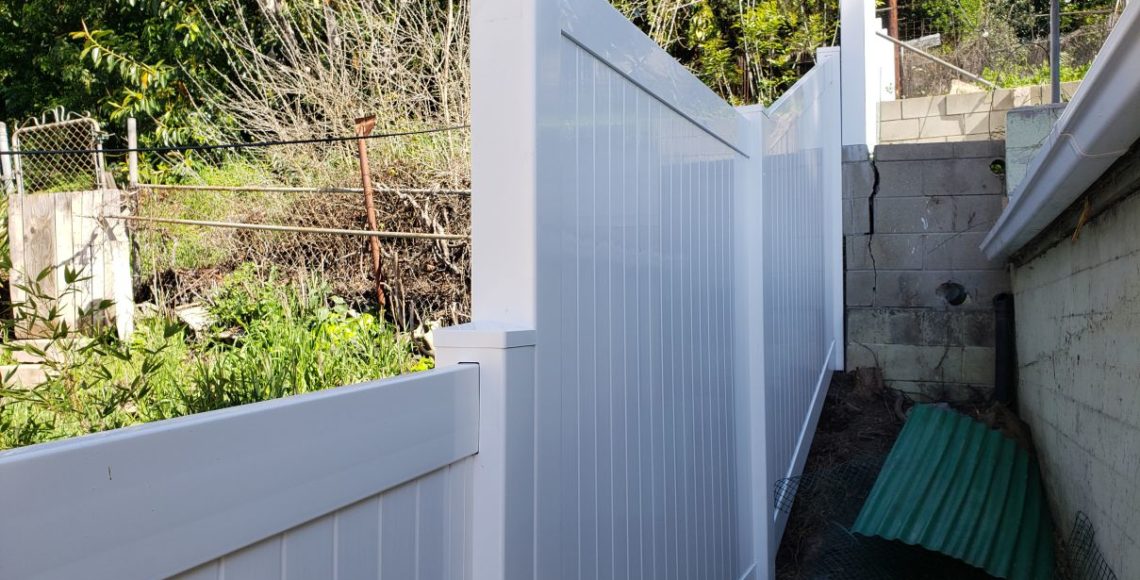How to Maintain Your Vinyl Fence: Tips for Longevity
Vinyl fencing has gained immense popularity due to its durability, low maintenance requirements, and aesthetic appeal. However, like any outdoor structure, it still requires proper care to ensure its longevity and pristine condition. In this comprehensive guide, we will explore various maintenance tips and techniques to help you keep your vinyl fence looking great for years to come.
Understanding Vinyl Fencing:
Before delving into maintenance practices, it’s essential to understand the composition and characteristics of vinyl fencing. Vinyl fences are typically made from polyvinyl chloride (PVC), a synthetic plastic material known for its strength and resistance to weathering. Unlike wood fencing, vinyl does not warp, rot, or splinter, making it an ideal choice for homeowners seeking a low-maintenance solution.
Regular Cleaning:
One of the simplest yet most effective maintenance tasks for vinyl fencing is regular cleaning. Dirt, grime, and other environmental pollutants can accumulate on the surface of the fence over time, diminishing its appearance. To clean your vinyl fence, start by hosing it down with water to remove loose debris. Then, using a mild detergent solution and a soft-bristled brush or sponge, scrub the fence panels gently. Rinse thoroughly with water to remove any soap residue. Avoid using abrasive cleaners or tools that could scratch the surface of the vinyl.
Preventing Mold and Mildew:
Vinyl fences are resistant to mold and mildew growth, thanks to their non-porous surface. However, in damp or humid climates, these organic growths can still develop on the fence, particularly in areas shaded from sunlight. To prevent mold and mildew, ensure proper air circulation around the fence by trimming back vegetation and foliage. Additionally, consider applying a mold-inhibiting cleaner or solution to the fence periodically, especially in areas prone to moisture buildup.
Addressing Stains and Discoloration:
Despite its resistance to staining, vinyl fencing may occasionally develop stains or discoloration from exposure to certain substances, such as rust, grass clippings, or oil-based products. Promptly address any stains by spot-cleaning the affected areas with a solution of warm water and mild detergent. For stubborn stains, you can use a vinyl-safe cleaner or a mixture of baking soda and water. Avoid using abrasive scrubbers or harsh chemicals, as they may damage the vinyl surface.
Inspecting for Damage:
Regular inspections are crucial for identifying any signs of damage or wear on your vinyl fence. Check the fence panels, posts, and hardware for cracks, chips, or structural issues. Pay particular attention to areas where the fence connects to the ground or other structures, as these are vulnerable to damage from soil shifting or impact. Replace any damaged components promptly to prevent further deterioration and maintain the integrity of the fence.
Seasonal Maintenance:
Seasonal changes can impact the condition of your vinyl fence, so it’s essential to adjust your maintenance routine accordingly. In colder climates, remove any snow or ice buildup from the fence using a plastic shovel or broom with soft bristles. Avoid using metal tools or sharp objects that could scratch the vinyl surface. In warmer months, trim back vegetation and inspect the fence for signs of sun damage, such as fading or warping. Applying a UV-protective coating or sealant can help prolong the life of your vinyl fence and maintain its vibrant color.
Conclusion:
By following these maintenance tips and techniques, you can ensure that your vinyl fence remains in excellent condition for years to come. With regular cleaning, preventative measures, and prompt repairs, you can preserve the beauty and functionality of your vinyl fencing investment. Whether you’re enjoying the privacy of your backyard or enhancing your property’s curb appeal, a well-maintained vinyl fence will continue to serve as a reliable and attractive addition to your home.

